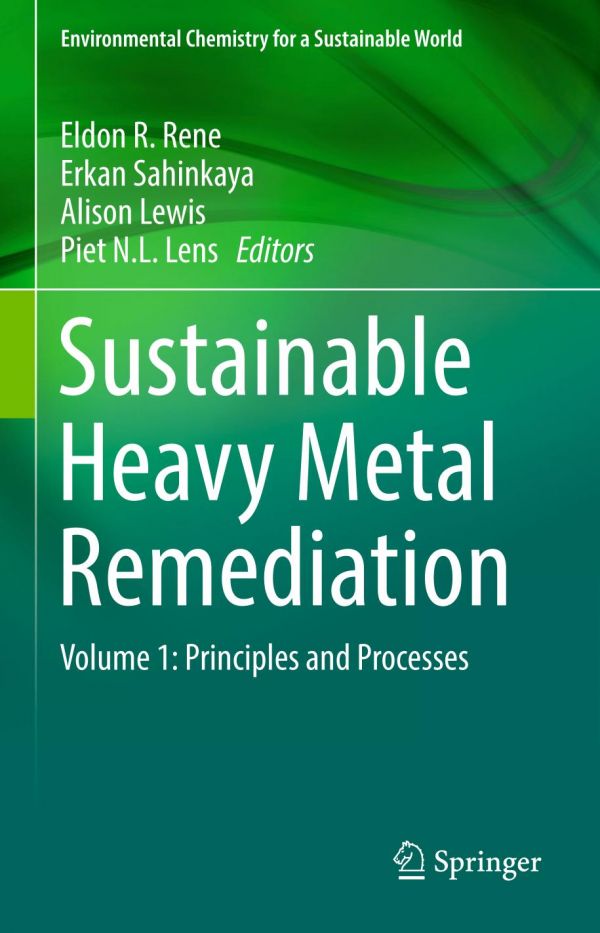

Most ebook files are in PDF format, so you can easily read them using various software such as Foxit Reader or directly on the Google Chrome browser.
Some ebook files are released by publishers in other formats such as .awz, .mobi, .epub, .fb2, etc. You may need to install specific software to read these formats on mobile/PC, such as Calibre.
Please read the tutorial at this link: https://ebookbell.com/faq
We offer FREE conversion to the popular formats you request; however, this may take some time. Therefore, right after payment, please email us, and we will try to provide the service as quickly as possible.
For some exceptional file formats or broken links (if any), please refrain from opening any disputes. Instead, email us first, and we will try to assist within a maximum of 6 hours.
EbookBell Team

4.1
90 reviewsThis book covers the principles, underlying mechanisms, thermodynamic functions, kinetics and modeling aspects of sustainable technologies, particularly from the standpoint of applying physical, chemical and biological processes for the treatment of wastewater polluted with heavy metals. Particular emphasis has been given to technologies that are based on adsorption, electro-coagulation, bio-precipitation, bio-solubilization, phytoremediation and microbial electrolysis.
Metal contamination in the environment is one of the persisting global issues. The adverse health effects of heavy metals on human beings and its impact on the environment has been well-documented. Several physico-chemical and biological technologies have been successfully implemented to prevent and control the discharge of industrial heavy metal emissions. On the contrary, metal resource depletion has also accelerated dramatically during the 20th century due to rapid advances in industrial engineering and medical sciences, which requires large amount of raw materials.
To meet the global metal demand, in recent years, novel research lines have started to focus on the recovery of metals from metal contaminated waste streams. In order to conflate both metal removal and recovery, new technologies have been successfully tested, both at the lab and pilot-scale. The target audience of this book primarily comprises of research experts, practicing engineers in the field of environmental/chemical technology and graduate students.